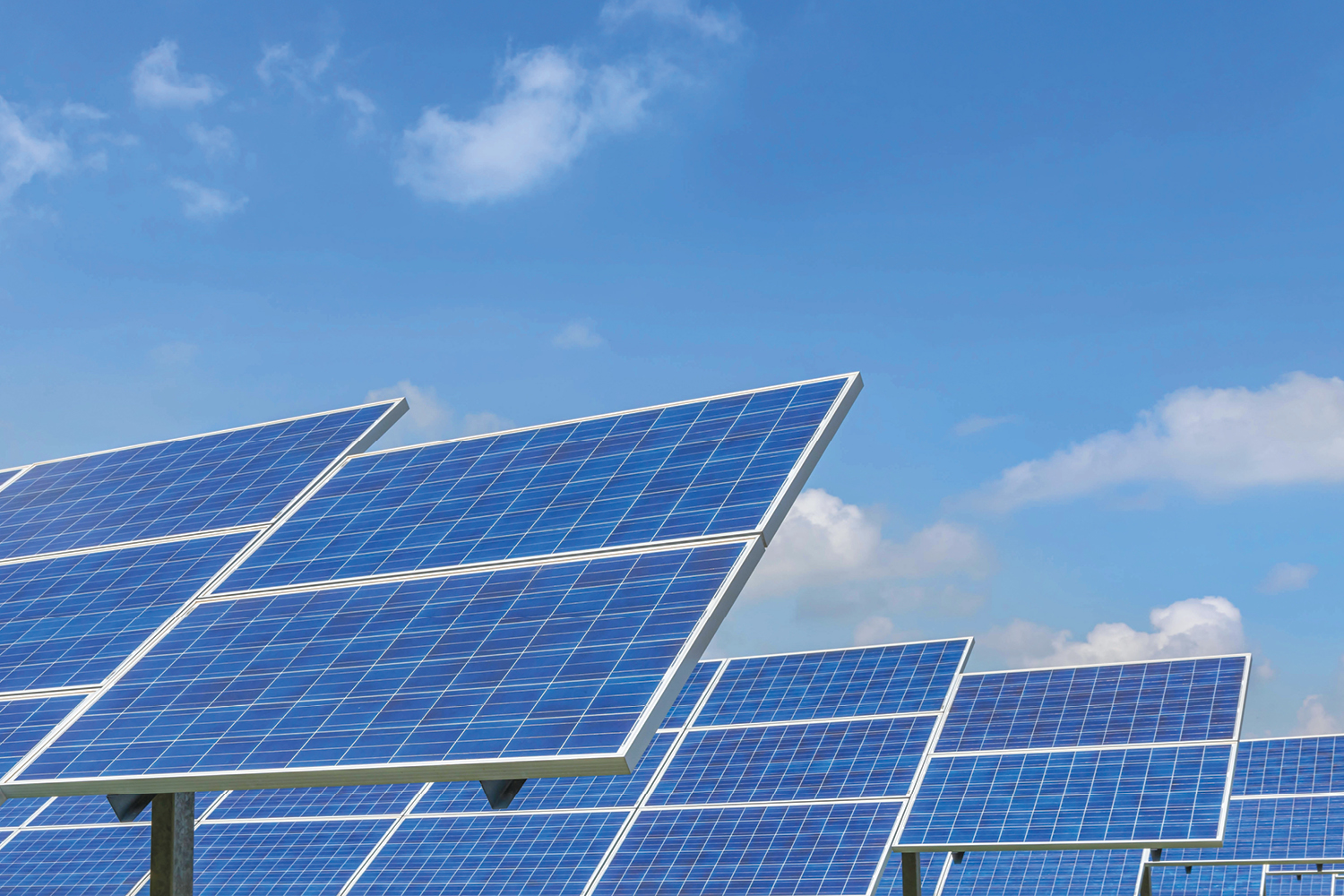Electric Ingenuity
Minh Tran ’18 has a plan to harness significantly more of the sun’s power.
Minh Tran ’18 has a sunny outlook on life, which makes sense when you consider that her life’s work is in the solar industry. But those rays of sunshine are laser-focused: Less than 4% of the electricity supply in the United States in 2024 came from solar energy, and Tran wants to increase that number with a technology she is developing that has the potential to significantly enhance solar panel performance.
Building upon the Ph.D. research she conducted at New York University’s Tandon School of Engineering, Tran and NYU classmate Conrad Caviezel cofounded the solar manufacturing startup Heliotrope Photonics in the summer of 2023, 140 years after the first solar panel was invented and installed on a rooftop right there in New York City.
Today, photovoltaic cells are mostly made from silicon, which absorbs light and converts it directly into electricity. The process is a dance of sorts—the sunlight’s photons excite (that’s a scientific term) the silicon’s electrons, which then flow into an electric current. Panels of these cells can process some ultraviolet light along with the visible light, but most of the UV rays bounce off. Tran has discovered a way to scale up and reproduce a coating for these solar panels that converts wasted UV light into usable near-infrared light.
“When I started my Ph.D. in 2018, the infrared coating had been around for a couple of years, but at that time people were focusing more on liquid solution synthesis, and that can be challenging to scale up,” Tran says. “We use a method called vapor deposition, which stays much more stable as it is scaled up.” The proprietary technology Heliotrope is developing would add just one extra step to the current silicon solar manufacturing process.
Silicon solar cell technology has been in development since 1954 and has matured about as far as it possibly can, according to the U.S. Department of Energy. Any upgrade to a standard solar panel these days boosts its power by maybe 1%. But, apply Heliotrope’s coating, and that same solar panel’s performance jumps by 8% to 15%—equivalent to an entire decade of progress, Tran says. More efficiency decreases costs, which increases accessibility and could lead to a rapid increase in the adoption of solar energy.
While the 28-year-old native of Hanoi, Vietnam, considers it “a bit early” to say she’s a success, Tran was named to the 2025 Forbes 30 Under 30 list in the Manufacturing & Industry category. And last year, Activate Global awarded her one of the country’s most prestigious and competitive fellowships in green technology. Her recognition as an Activate Fellow earned Heliotrope Photonics more than $300,000 in grants.
Now, the sky is literally the limit. While Heliotrope’s technology is still in the research and development phase, Tran is on track to blow a scientific theory proposed in 1961 out of the water. Most commercial solar panels are made up of single-junction silicon solar cells. Her goal is to increase the efficiency of these solar cells beyond the Shockley-Queisser limit of 33.7%.


